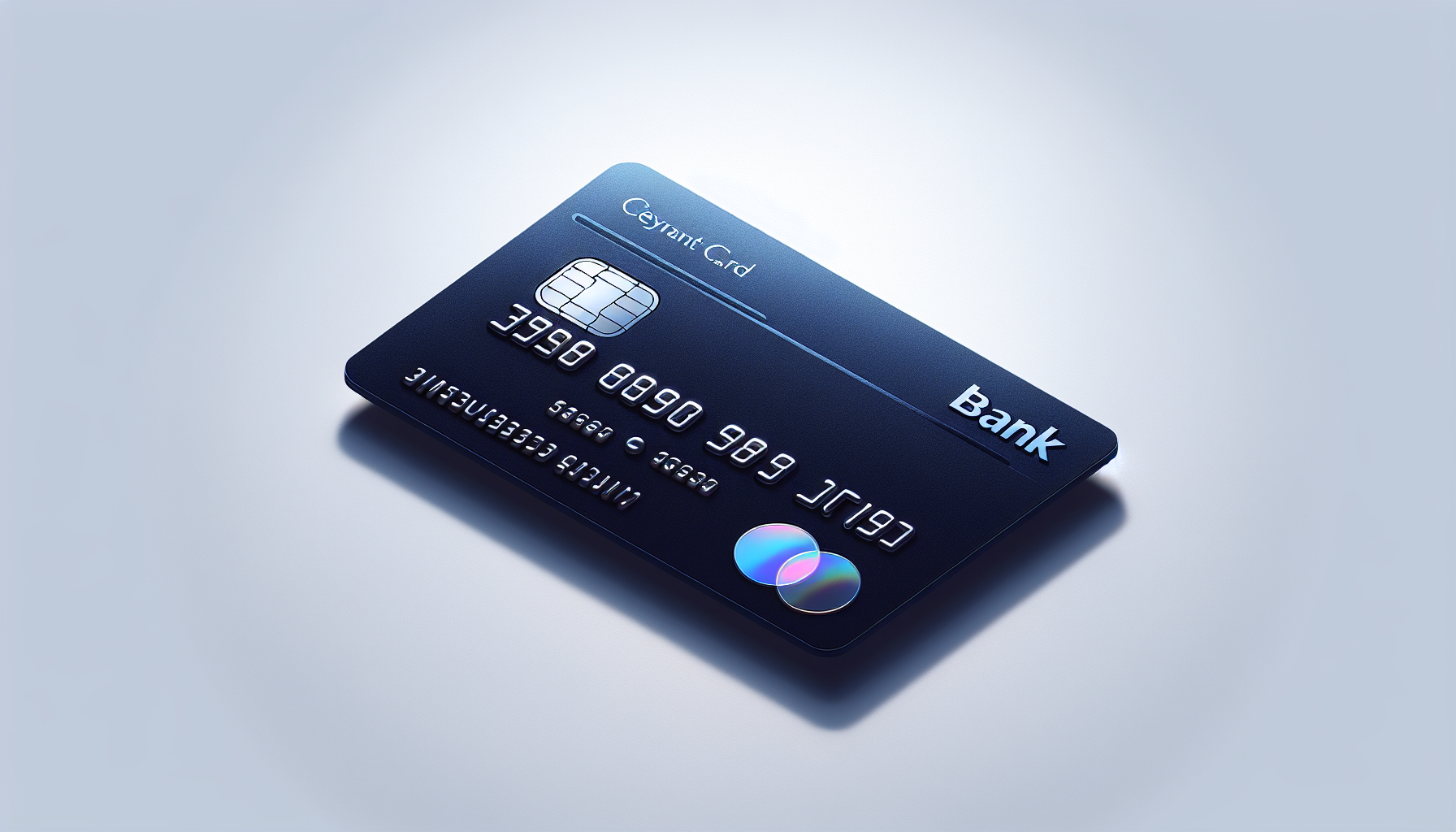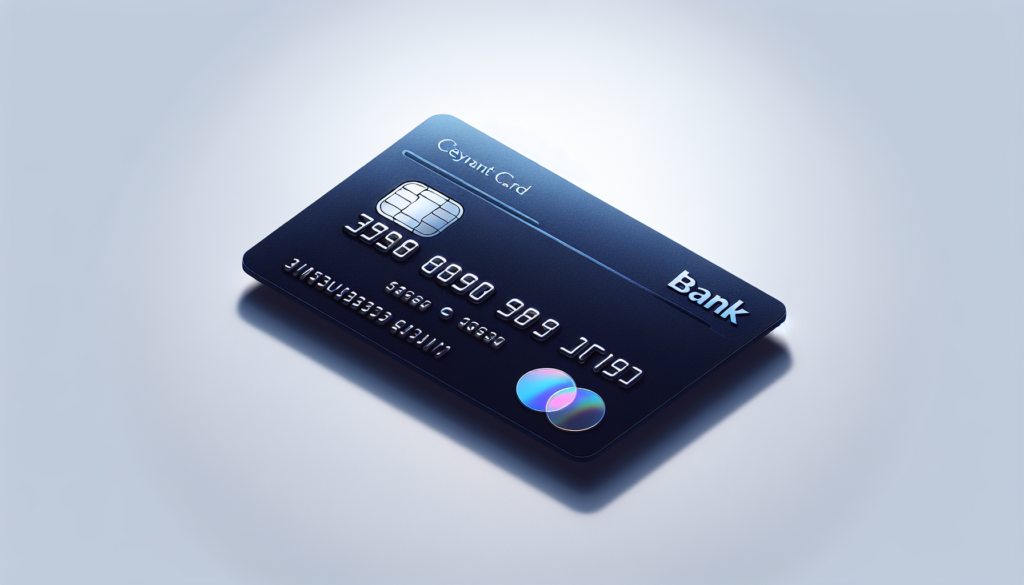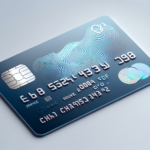
Introduction
Definition of Payment Card
A payment card is a financial tool that allows individuals to make transactions easily, without the need for cash. These cards can represent credit, debit, or prepaid options and are widely used for their convenience and security. They enable users to access funds directly from their bank accounts or credit lines, making payments for both everyday purchases and larger transactions simple and efficient.
Overview of the Most Essential Payment Card of 2025
As we step into 2025, the landscape of payment cards has evolved to prioritize security, convenience, and benefits. The most essential payment card of this year will likely feature:
- Advanced security features
- Contactless payment technology
- Seamless integration with digital wallets
These innovations not only enhance the user experience but also provide numerous rewards that cater to diverse spending habits and goals.
Evolution of Payment Cards
History of Payment Cards
The history of payment cards traces back to the mid-20th century when charge cards first emerged, allowing consumers to make purchases on credit. Over the decades, innovations such as the introduction of credit cards in the 1950s revolutionized consumer spending, gradually leading to the widespread adoption of cards we know today. This evolution has shaped transaction methods across various demographics and regions.
Technological Advancements in Payment Cards
Fast forward to the present, and payment cards have undergone significant technological advancements that enhance user experience. Key innovations include:
- Contactless Payments: Enabling quick transactions without the need to swipe or insert cards.
- Digital Wallet Integration: Allowing users to store multiple cards on their smartphones for seamless transactions.
- Hybrid Card Technology: Offering consumers the flexibility to switch between debit and credit functionalities or even currencies.
These advancements showcase the adaptability of payment cards in a fast-paced digital landscape, ensuring they remain relevant and essential.
Characteristics of the Most Essential Payment Card of 2025
Security Features
As digital transactions rise, security remains a top priority. The essential payment card of 2025 will feature advanced security measures such as biometric authentication and tokenization. These technologies ensure that personal data is safeguarded, reducing fraud while enhancing trust in the payment process.
Contactless Technology
In 2025, contactless technology will dominate payment methods. This allows users to simply tap their cards or smartphones at checkout, making transactions incredibly quick and convenient. It’s a game changer for busy consumers who appreciate efficiency and speed.
Integration with Digital Wallets
Lastly, seamless integration with digital wallets will be paramount. Cards that effortlessly connect with platforms like Apple Pay and Google Pay eliminate the need for physical cards, aligning perfectly with the preferences of a tech-savvy generation. This shift not only simplifies payments but also enriches user experience, paving the way for a more streamlined approach to financial transactions.
Benefits of Using the Most Essential Payment Card of 2025
Convenience
The payment card of 2025 offers unmatched convenience for users. With options like contactless payments and integration with digital wallets, carrying cash or physically swiping cards becomes a thing of the past. Imagine simply tapping your card or phone at checkout—it’s quick and hassle-free.
Enhanced Security
Enhanced security is another key benefit. Featuring biometric authentication and advanced fraud detection, these cards help ensure that your financial data remains safe. Users can have peace of mind knowing that even if a card is lost, their information is well-protected through innovative security measures.
Rewards and Incentives
Lastly, the potential for rewards and incentives is significant. Many of these cards include generous reward programs that allow cardholders to earn points for everyday purchases, which can be redeemed for travel, merchandise, or cash back. For instance, using a card for groceries could earn enough points for a weekend getaway.
Comparison with Traditional Payment Methods
Differences with Cash Payments
When it comes to cash payments, the most essential payment card of 2025 offers significant advantages. Unlike cash, cards:
- Provide a detailed transaction history, aiding budgeting.
- Offer rewards, such as points or cashback, for regular purchases.
- Enhance security features, reducing the risk of theft or loss.
Many users now prefer the convenience of no longer carrying cash, opting instead for cards or mobile payments.
Contrasts with Other Card Types
In comparison with other card types, such as debit or specialized store cards, the 2025 payment card stands out due to its:
- Broader acceptance across various merchants and platforms.
- Enhanced rewards programs that might not be available with debit or store-specific cards.
- Integration with digital wallets, making transactions more seamless.
These features cater to increasingly diverse consumer needs, making modern payment cards the go-to choice for many.
Future Trends in Payment Cards
Potential Innovations
As we look toward the future, several innovations are set to reshape payment cards. Key potential trends include:
- Biometric Authentication: Expect cards with embedded fingerprint sensors or facial recognition technology for enhanced security.
- Seamless Integration with Digital Wallets: More cards will link directly to mobile wallets, simplifying transactions and reducing fraud risks.
- Real-Time Payments: This makes transactions nearly instantaneous, greatly improving cash flow for businesses.
Impact on Financial Industry
The evolution of payment cards is poised to significantly impact the financial industry. Traditional banking models may face disruption as digital wallets and blockchain technology gain traction.
- Financial institutions will need to adapt by integrating new technologies and enhancing customer experience.
- The rise of contactless payments will push banks to reevaluate their fees and service structures.
This dynamic landscape promises to create more opportunities for both consumers and businesses.
Considerations when Choosing a Payment Card
Fee Structures
When selecting a payment card, understanding the fee structures is crucial. Look for:
- Annual Fees: Some cards charge yearly fees, while others may offer no-fee options. Assess if the benefits outweigh these costs.
- Transaction Fees: Check for foreign transaction fees or additional charges for cash advances.
- Interest Rates: Be mindful of APR if you plan to carry a balance.
Compatibility with Retailers
Next, consider compatibility with various retailers. Some cards offer exclusive rewards or discounts at specific merchants.
- E-commerce vs. In-Store Transactions: Ensure your chosen card works seamlessly for both online and brick-and-mortar purchases.
- Digital Wallet Integration: Compatibility with popular apps like Apple Pay or Google Pay can enhance convenience during transactions.
Customer Support Options
Lastly, evaluate customer support options provided by the card issuer.
- Accessibility: Is support available 24/7? Can you easily contact customer service through multiple channels, such as phone, chat, or email?
- Resources: Look for additional resources like online account management tools, FAQs, and educational content that can help make managing your card easier.
Choosing the right payment card involves considering these factors to ensure it aligns with your unique needs and lifestyle.
Conclusion and Recommendations
Summary of Advantages
As we’ve explored, the most essential payment card of 2025 offers numerous advantages, including enhanced security with biometrics, convenience through seamless digital wallet integration, and lucrative rewards programs. These features not only simplify transactions but also maximize value for everyday spending, making them an excellent tool for modern consumers.
Suggestions for Optimal Usage
To get the most out of your payment card:
- Understand Fees: Be aware of any annual fees and choose a card that aligns with your spending habits.
- Leverage Rewards: Use the card for everyday purchases to accumulate points or cashback.
- Stay Informed: Keep an eye on new features or promotions to maximize benefits.
Adapting these strategies will ensure that you fully capitalize on your payment card’s offerings, enhancing both your financial management and spending experience.



